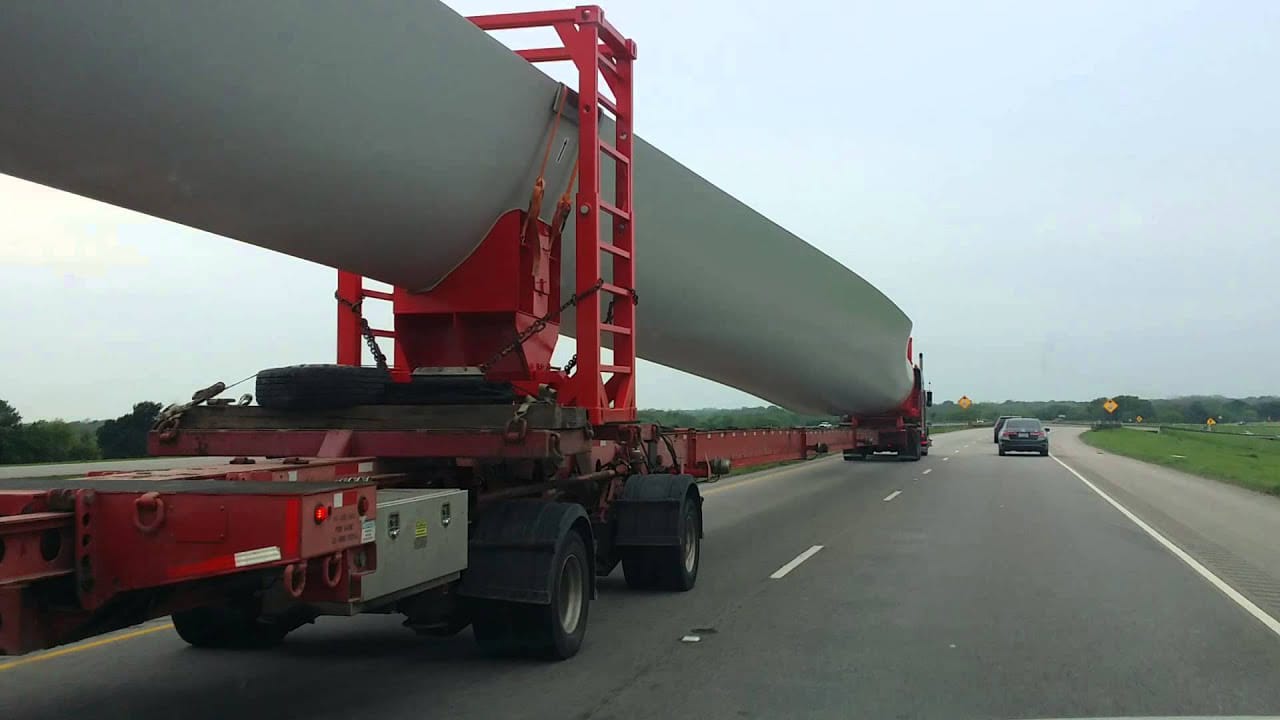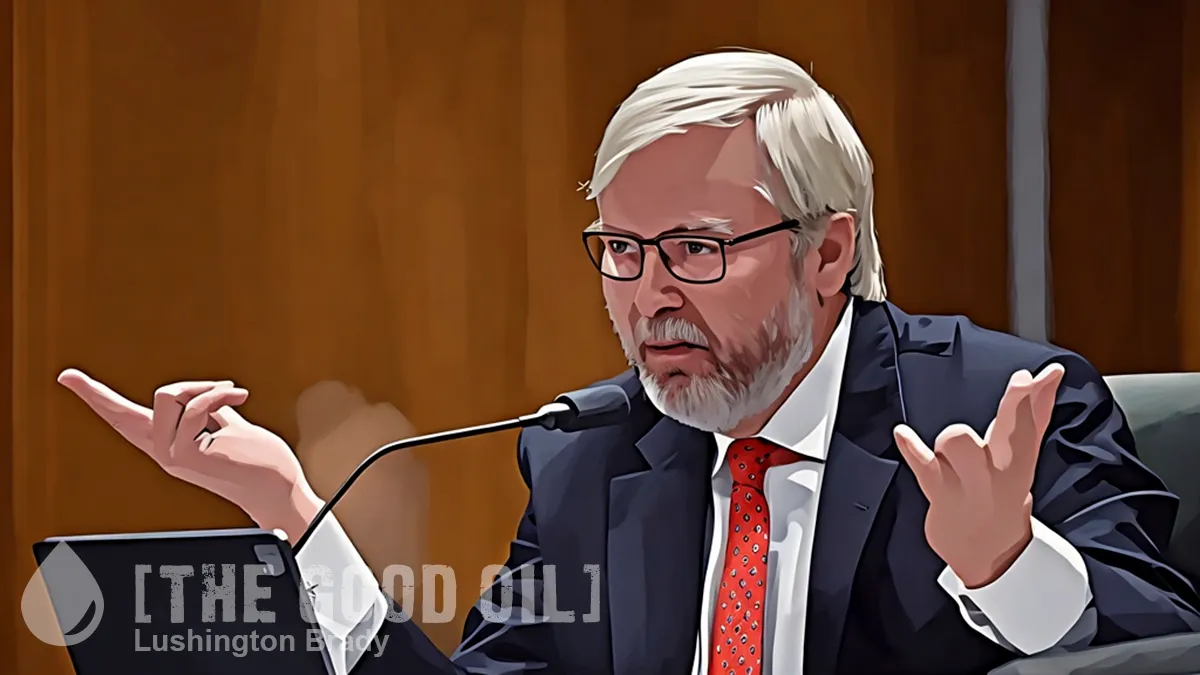Table of Contents
Driving along one of Tasmania’s two major highways (yes, we do have them!) the other day, there was a snarl of traffic banked up for kilometres behind a slow-moving load. Once the road reached an overtaking section (OK, we’re not flash enough to have dual carriageways all the way), the holdup finally hove into view. It was a huge truck, transporting a section of tower for the massive wind farm being built in Tasmania’s central highlands. Even with an overtaking lane, it was a tight squeeze.
Seen up close, you can begin to truly grasp the sheer, overwhelming size of the damned things. This behemoth blocking nearly two lanes of traffic was only a section of one tower. There are 50 of these behemoths being installed. Another planned wind farm in Tasmania’s north-west is set to have 300 gargantuan, 200 m tall turbines.

The overwhelming scale of the monstrosities has finally shaken even some of Tasmania’s besotted Greens out of their love affair with their eco-crucifixes.
Conservationists are split on Tasmania’s “Battery of the Nation” green energy plan, with major environment group WWF strongly endorsing the plan despite fierce opposition from Bob Brown and Christine Milne. WWF-Australia will on Monday warmly embrace the same Battery of the Nation and Marinus undersea cable proposals that were on Friday attacked by Dr Brown and Ms Milne as “senseless … stranded assets”.
WWF, though, want to plant more! More! More! whirling bird-slicers.
In a formal submission, WWF “commends” Tasmania’s draft Renewable Energy Action Plan, under which the island would generate 200 per cent of its power needs from renewable sources by 2040. It even urges the Liberal government to go further and increase the target to as much as 350 per cent, exporting the surplus energy to assist with the decarbonisation of the mainland.
Tasmania’s draft renewables plan is underpinned by Project Marinus, a second cable under Bass Strait to boost export of clean energy to Victoria, as well as by the broader Battery of the Nation scheme, which includes pumped hydro and major new wind farms.
“WWF wishes to offer our support for Tasmania becoming a renewable export powerhouse,” the group’s chief executive, Dermot O’Gorman, writes in a letter to the Tasmanian government obtained by The Australian.
Now we see why WWF dropped the “wildlife” from its name. Tasmania’s existing wind farm at Woolnorth is a tiddler by comparison, yet it has already diced up dozens of Tasmania’s threatened wedge-tail eagles.
In a glowing submission, the WWF acknowledges concerns about the rapid development of wind farms in Tasmania – a key complaint of Dr Brown, who has lambasted the largest proposal for its likely impact on birds, especially endangered eagles.
However, the WWF submission says many such concerns are “overblown” and can be mitigated by improved siting and no-go zones in high conservation value areas.
What’s a few endangered species, after all? As everyone knows, endangered species only matter a tinker’s cuss if they happen to be within cooee of a proposed coal mine. When they’re threatened by ‘renewables’, the climate botherers are only too happy to consign them to extinction.
If you enjoyed this BFD article please consider sharing it with your friends.







